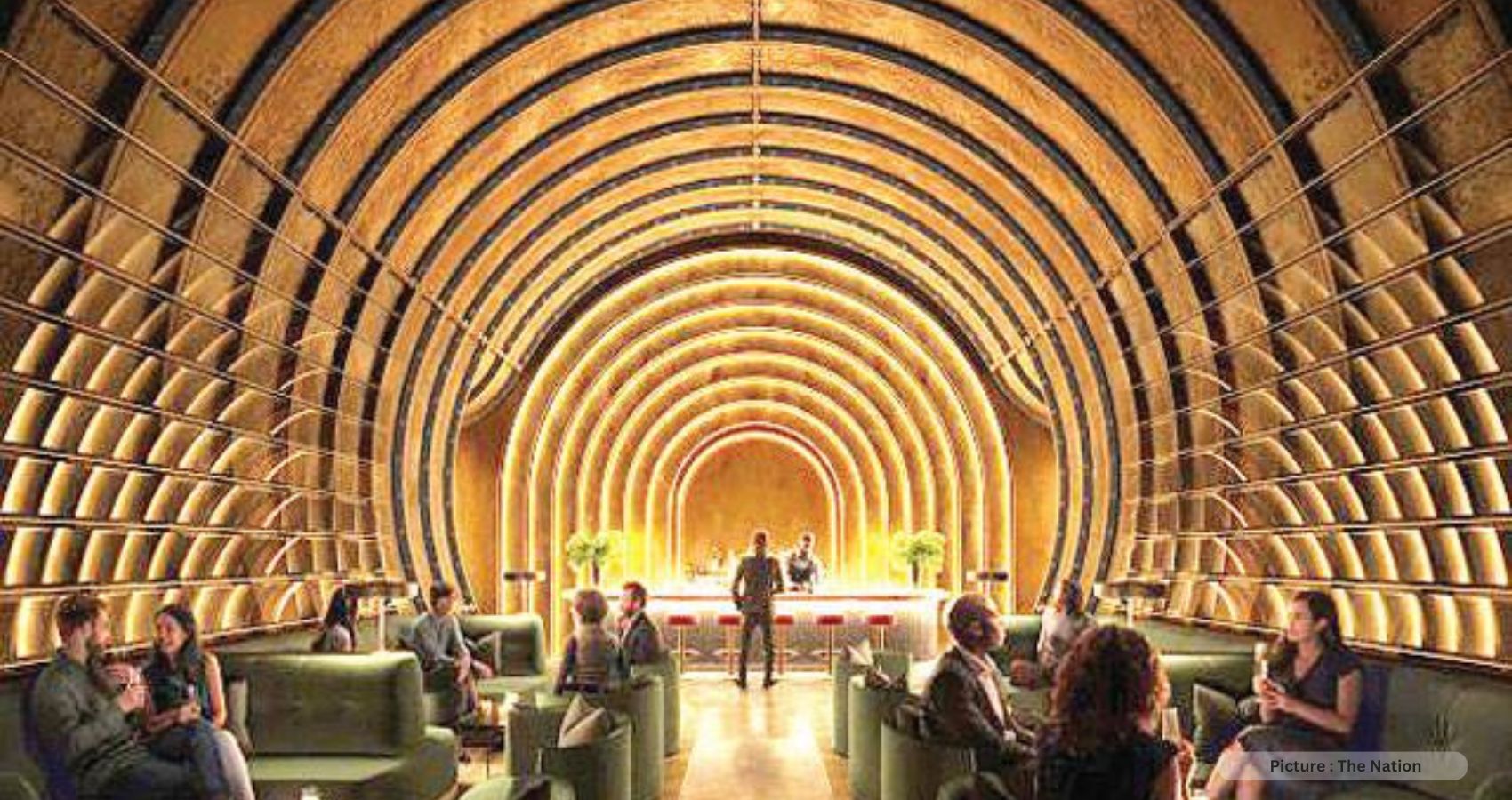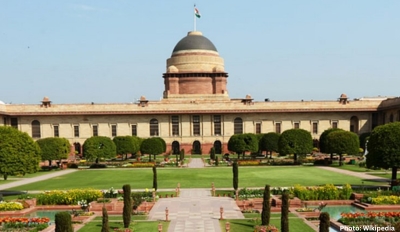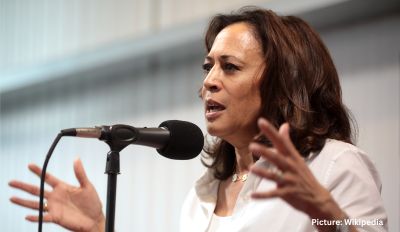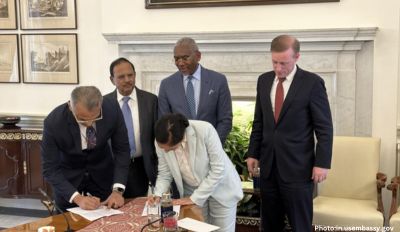Plans have emerged for what is poised to become London’s most remarkable underground tourist attraction ever: the $268 million makeover of a mile-long network of World War II tunnels into a glamorous immersive experience.
Previously shrouded in secrecy and once shielded by the UK’s Official Secrets Act, these former espionage tunnels are slated for transformation by a team that includes the architects responsible for Singapore’s Gardens by the Bay and London’s Battersea Power Station. This transformation is contingent on securing planning approval later this autumn.
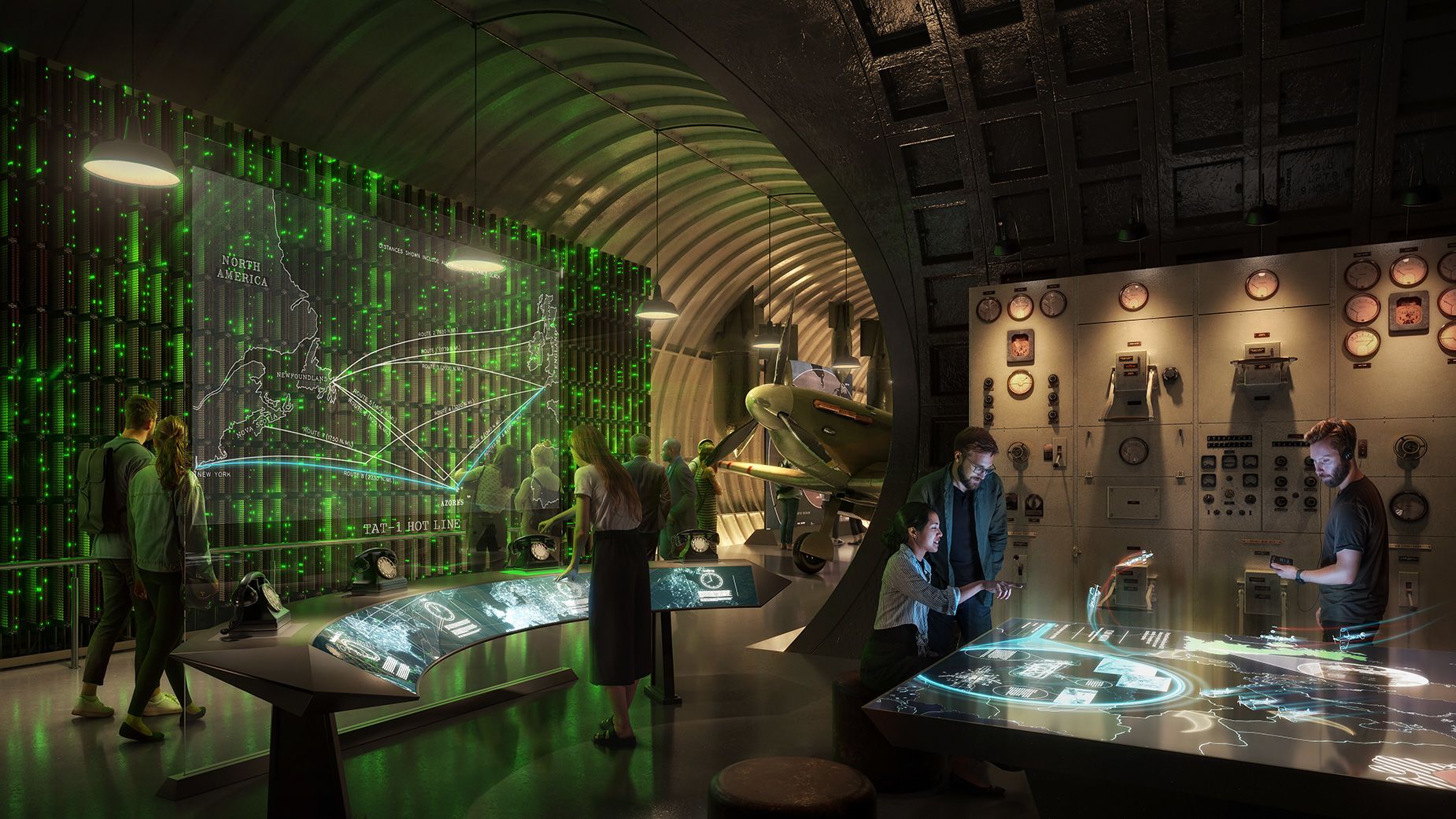
Situated approximately 40 meters beneath Chancery Lane tube station in High Holborn, the Kingsway Exchange Tunnels were constructed during the 1940s to provide refuge for Londoners during the Blitz bombing campaign of World War II. Since then, they remained off-limits to the general public, serving subsequent wartime roles such as housing Britain’s covert Special Operations Executive, an offshoot of MI6 and the real-world inspiration for James Bond’s Q Branch.
Subsequently, these tunnels were expanded to become the Kingsway Telephone Exchange, functioning as an internal communications hub during the Cold War in the 1950s. Notably, it played host to the “hotline” directly linking the leaders of the United States and the USSR. The exchange operated an extensive network of 5,000 trunk cables and was staffed by a bustling community of 200 workers responsible for managing phone lines.
In the 1980s, British Telecom assumed control of the site, establishing the world’s deepest licensed bar, exclusively catering to government personnel. This bar featured a game room replete with snooker tables and an opulent tropical fish tank, epitomizing the luxury of the 1980s.
By the close of that decade, the technology underpinning the telephone center had become outdated, leading to its decommissioning. However, fund manager Angus Murray, who serves as CEO of The London Tunnels, is now endeavoring to breathe life into the tunnel’s history by utilizing high-resolution immersive screens, interactive structures, scent-emitting technology, and an array of pinpoint speakers to captivate visitors.
Murray articulated, “The history of the tunnels, their scale, and their location between London’s Holborn and the historic Square Mile could establish these tunnels as one of London’s most sought-after tourist destinations.”
The proposed investment comprises £140 million ($170.5 million) for restoration work, coupled with an additional £80 million ($97 million) allocated for immersive enhancements. With the participation of architects Wilkinson-Eyre, this project has assembled a stellar team for a highly ambitious endeavor that far surpasses any other offerings in the city. Presently, London’s most established permanent underground tourist attraction is the Churchill War Rooms, situated just 12 feet below ground level, occupying a fraction of the 8,000-square-meter expanse of the Kingsway Exchange Tunnels.
Periodically, London Underground organizes Hidden London tours, allowing exploration of the city’s abandoned tube stations and tunnels. These tours consistently garner immense popularity, with tickets being snatched up as soon as they become available.
Nonetheless, eager subterranean adventurers may need to exercise patience. The London Tunnels project, should it proceed, is not anticipated to welcome its first awe-struck visitors until 2027. Yet, judging by its ambitious scope, it appears to be well worth the wait.

